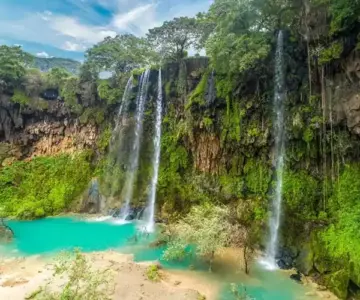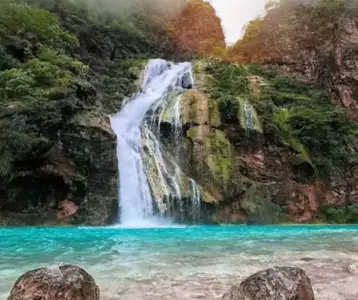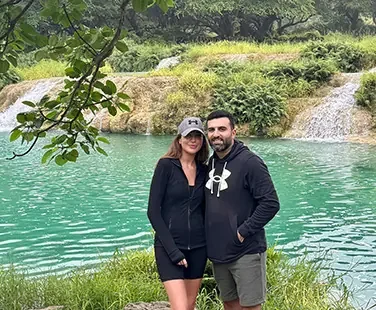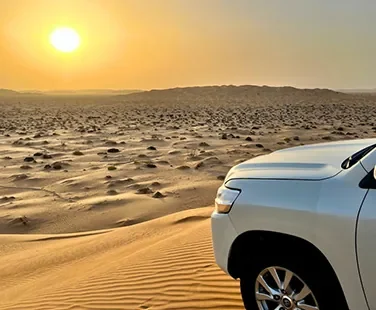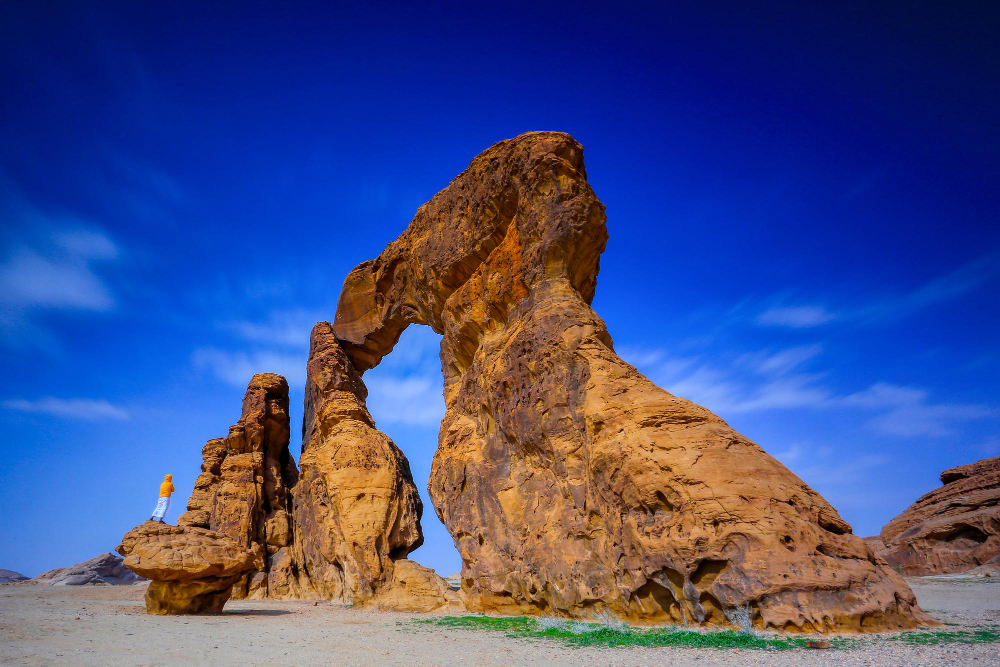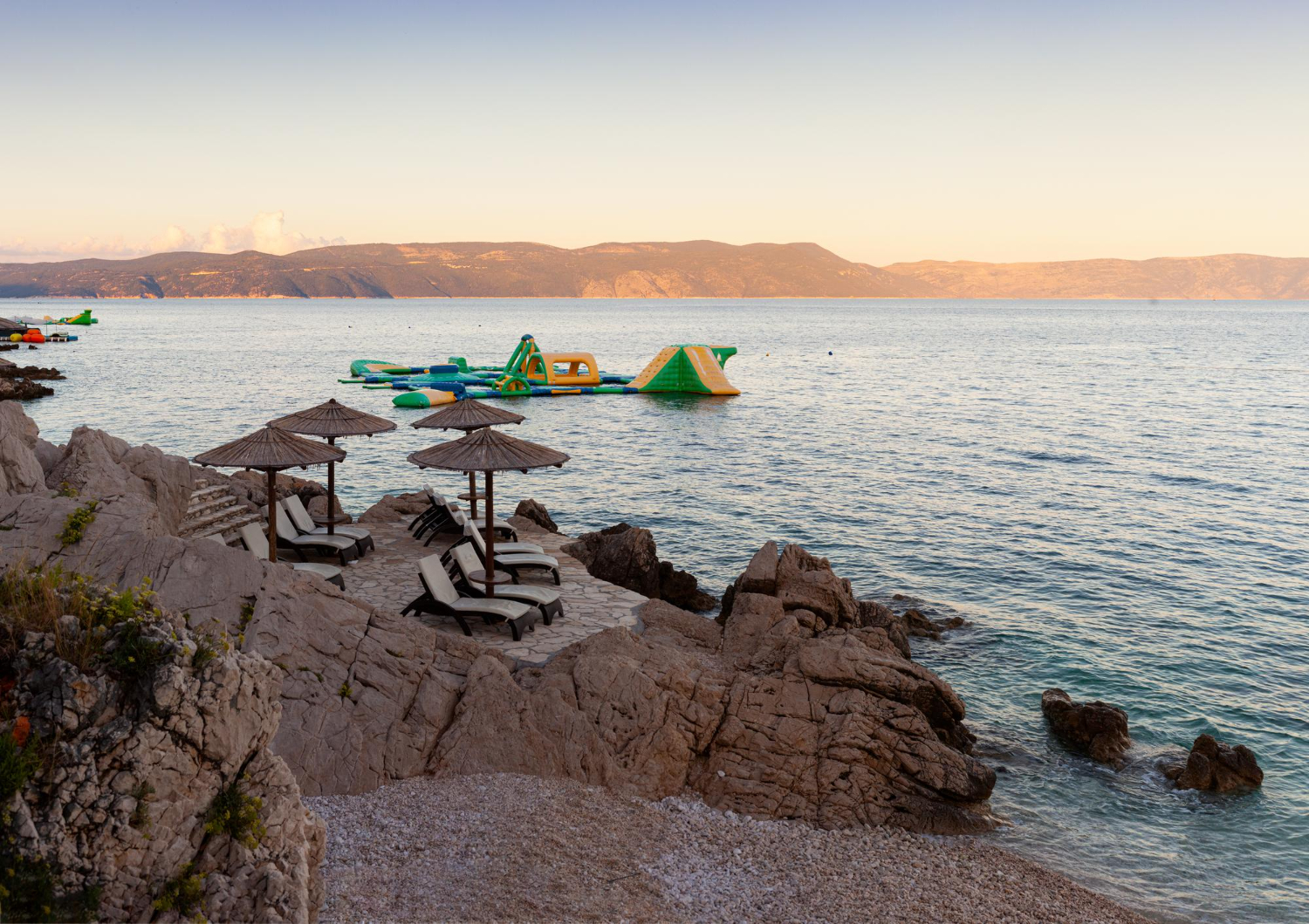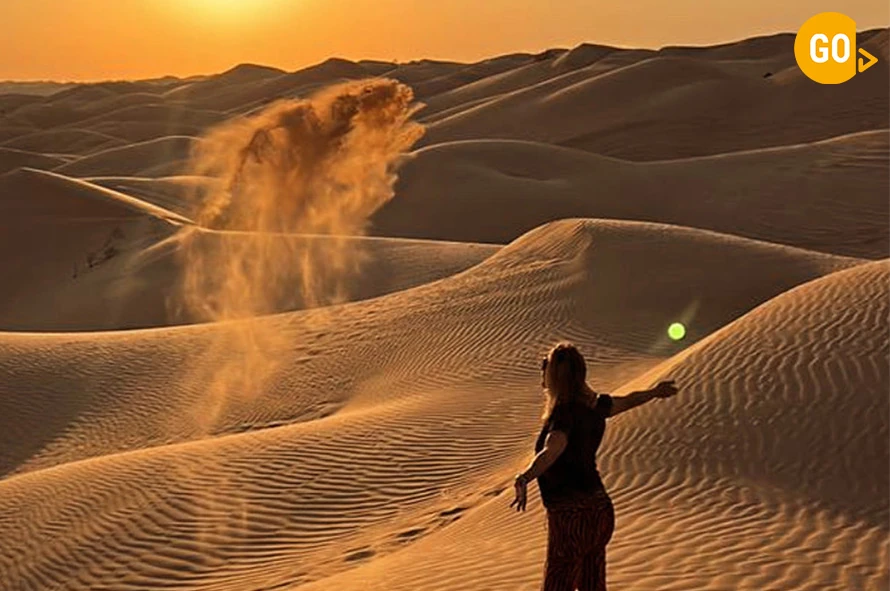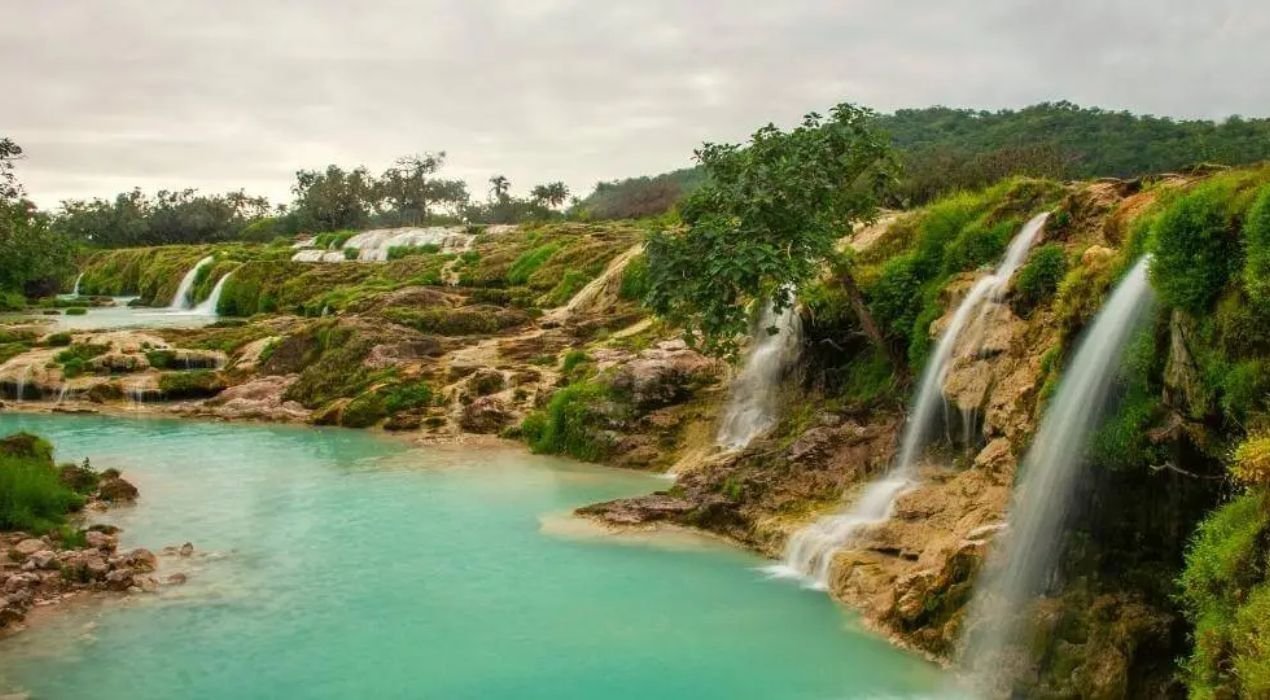Oman, a hidden gem in the Middle East, offers travelers a unique blend of rich history, stunning landscapes, and warm hospitality. This guide explores the top things to do in Oman, ensuring visitors make the most of their adventure in this captivating country.
Explore the Grand Mosque in Muscat
One of the best things to do in Oman is to visit the Sultan Qaboos Grand Mosque in Muscat. This architectural marvel showcases Islamic design at its finest. Visitors can admire the intricate mosaics, the enormous chandelier, and the hand-woven Persian carpet that covers the main prayer hall. The mosque’s serene atmosphere provides a perfect setting for reflection and cultural appreciation.
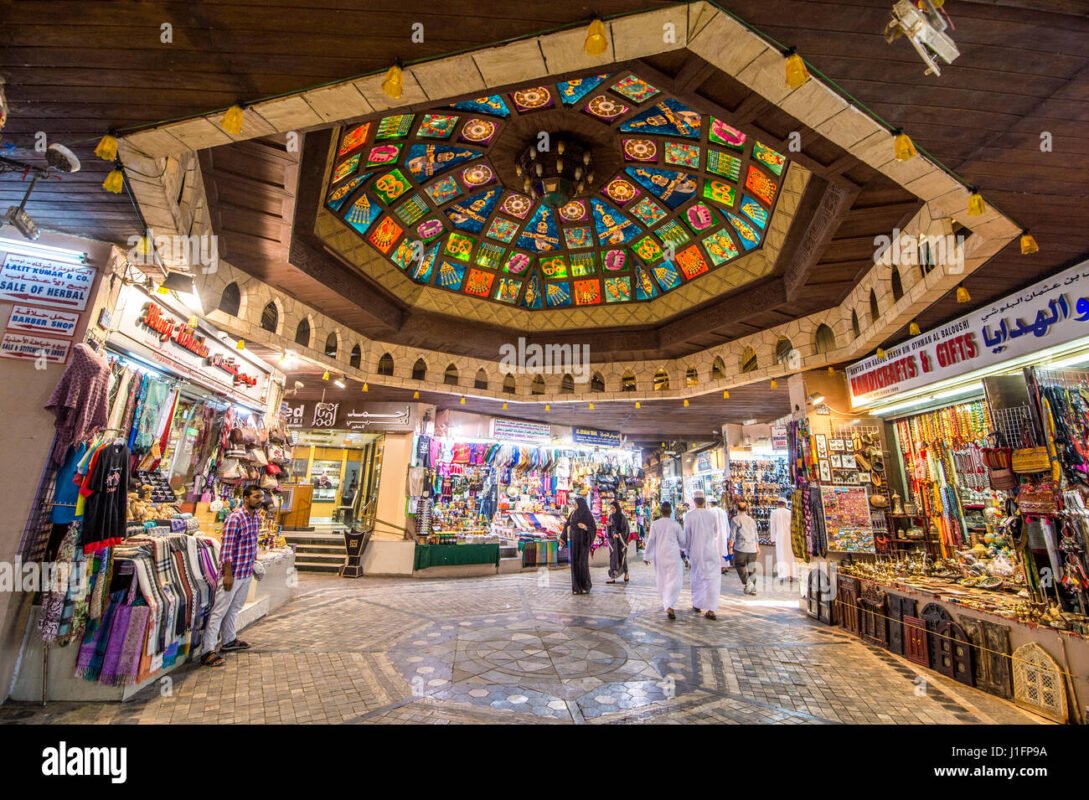
Wander Through Mutrah Souq
For an authentic Omani experience, a trip to Mutrah Souq is a must. This traditional Arab market, located in Muscat, is a labyrinth of narrow alleys filled with the scent of frankincense and spices. Shoppers can find everything from traditional textiles and jewelry to local handicrafts and souvenirs. The souq’s lively atmosphere and friendly vendors make it an ideal place to practice bargaining skills and immerse oneself in local culture.
Visit the Royal Opera House Muscat
Culture enthusiasts should not miss the Royal Opera House Muscat. This modern cultural landmark hosts world-class performances of opera, ballet, and classical music. The building itself is a work of art, blending contemporary design with traditional Omani architectural elements. Even if not attending a performance, visitors can take a guided tour to learn about the venue’s history and admire its opulent interiors.
Discover the Ancient City of Nizwa
Nizwa, the former capital of Oman, is a treasure trove of history and culture. The city’s main attraction is the 17th-century Nizwa Fort, which offers panoramic views of the surrounding date palm plantations and mountains. Visitors can explore the fort’s museum to learn about Omani heritage and climb to the top of the circular tower for breathtaking vistas. The nearby Nizwa Souq is another highlight, known for its silver jewelry, pottery, and traditional daggers called khanjars.

Experience the Wahiba Sands
For an unforgettable desert adventure, head to the Wahiba Sands. This vast expanse of golden dunes offers thrilling activities such as dune bashing, camel riding, and sandboarding. Visitors can stay overnight in a traditional Bedouin camp, enjoying a starlit dinner and sleeping under the desert sky. The experience provides insight into the nomadic lifestyle and the harsh beauty of Oman’s desert landscape.
Swim in the Bimmah Sinkhole
Nature lovers should not miss the chance to visit the Bimmah Sinkhole, a natural wonder located between Muscat and Sur. This limestone crater filled with turquoise water is a popular spot for swimming and picnicking. The contrast between the rocky surroundings and the crystal-clear water creates a stunning visual effect. Visitors can take a refreshing dip or simply enjoy the peaceful atmosphere of this unique geological formation.
Explore the Fjords of Musandam
The Musandam Peninsula, often called the “Norway of Arabia,” is home to spectacular fjords and rugged mountains. Taking a traditional dhow cruise along the coastline is one of the top things to do in Oman. Visitors can spot dolphins, go snorkeling in the clear waters, and marvel at the dramatic scenery. The isolated villages nestled in the fjords provide a glimpse into a way of life that has remained largely unchanged for centuries.
Visit the Ancient Tombs of Al Ayn
History buffs will appreciate a visit to the ancient tombs of Al Ayn, a UNESCO World Heritage site. These well-preserved beehive tombs date back to the 3rd millennium BCE and offer insight into the Bronze Age civilization that once inhabited the region. The tombs’ location, with the Jebel Misht mountain as a backdrop, creates a hauntingly beautiful landscape that’s perfect for photography enthusiasts.
Hike in Jebel Shams
Jebel Shams, Oman’s highest mountain, is a paradise for hikers and nature lovers. The area is home to the “Grand Canyon of Arabia,” a deep gorge that offers breathtaking views and challenging trails. The Balcony Walk, a popular hiking route, takes visitors along the rim of the canyon, providing stunning vistas of the surrounding landscape. The cooler temperatures at higher elevations make this an ideal escape from the heat of the lowlands.
Relax on the Beaches of Salalah
For a change of pace, head to the southern city of Salalah. Known for its tropical climate and lush vegetation during the khareef (monsoon) season, Salalah offers beautiful beaches and a relaxed atmosphere. Visitors can enjoy water sports, explore the nearby frankincense trees, or simply unwind on the pristine sandy shores. The area’s unique microclimate provides a stark contrast to the arid landscapes found in much of Oman.

Visit the Lost City of Ubar
Adventure seekers can explore the ruins of Ubar, also known as the “Atlantis of the Sands.” This ancient city, rediscovered in the 1990s, was once a thriving frankincense trading center. Today, visitors can wander through the excavated ruins and learn about the legends surrounding this mysterious settlement. The site’s remote location in the desert adds to its allure and sense of discovery.
Discover Marine Life at Ras Al Jinz Turtle Reserve
Nature enthusiasts should not miss the opportunity to visit the Ras Al Jinz Turtle Reserve. This protected area is a nesting site for endangered green sea turtles. Visitors can take guided night tours to witness the turtles laying their eggs or watch hatchlings make their way to the sea. The experience offers a unique insight into the life cycle of these ancient creatures and highlights the importance of conservation efforts.
Explore the Aflaj Irrigation Systems
Oman’s ingenious aflaj irrigation systems, recognized by UNESCO as a World Heritage site, are a testament to the country’s long history of water management. Visitors can explore these ancient channels that have been used for centuries to distribute water from underground springs to agricultural areas. The oasis town of Birkat Al Mouz is an excellent place to see a working aflaj system and learn about its significance in Omani culture and agriculture.
Visit the Al Hoota Cave
For a unique underground adventure, visitors can explore the Al Hoota Cave system. Located near Nizwa, this limestone cave features stunning stalactites and stalagmites, as well as a rare species of blind fish found in its underground lake. A guided tour takes visitors through the illuminated caverns, explaining the geological processes that formed these impressive structures over millions of years.
Experience Traditional Omani Hospitality
One of the best things to do in Oman is to experience the legendary hospitality of its people. Visitors can arrange to stay with a local family or participate in a traditional Omani meal. This cultural exchange allows travelers to gain insight into daily life, customs, and traditions. Sharing coffee and dates, a common welcome gesture, is an excellent way to connect with locals and learn about Omani culture firsthand.
Attend the Muscat Festival
Those visiting in January or February should not miss the Muscat Festival. This annual event celebrates Omani culture with traditional music, dance performances, craft demonstrations, and food stalls. The festival showcases the diversity of Omani heritage and provides an opportunity to experience the country’s vibrant arts scene. Visitors can enjoy fireworks displays, cultural exhibitions, and various entertainment options throughout the festival period.
Take a Scenic Drive Along the Coastal Road
Oman’s coastal road offers some of the most scenic drives in the Middle East. The route from Muscat to Sur takes travelers past fishing villages, hidden coves, and dramatic cliffs. Stops along the way can include the Bimmah Sinkhole, the Wadi Shab oasis, and the picturesque town of Tiwi. The journey provides ample opportunities for photography and allows visitors to experience the diverse landscapes of Oman’s coastline.
Visit the National Museum of Oman
To gain a comprehensive understanding of Oman’s history and culture, a visit to the National Museum in Muscat is essential. The museum houses an extensive collection of artifacts spanning from prehistoric times to the present day. Interactive displays and multimedia presentations bring Oman’s rich heritage to life, covering topics such as maritime history, traditional crafts, and the country’s development under Sultan Qaboos.
Explore the Abandoned Village of Birkat Al Mouz
The abandoned mud-brick village of Birkat Al Mouz offers a glimpse into Oman’s past. Located at the foot of Jebel Akhdar, this ghost town features crumbling houses, a restored falaj system, and date palm groves. Visitors can wander through the narrow alleys, imagining what life was like in this once-thriving community. The site provides excellent photo opportunities, especially during the golden hour when the sun casts a warm glow on the ruins.
Go Diving or Snorkeling in the Daymaniyat Islands
The Daymaniyat Islands, a protected marine reserve, offer some of the best diving and snorkeling opportunities in Oman. These nine uninhabited islands are home to vibrant coral reefs, diverse marine life, and nesting sites for hawksbill turtles. Visitors can spot colorful fish, rays, and even whale sharks in season. The crystal-clear waters and pristine beaches make this archipelago a paradise for water sports enthusiasts and nature lovers alike.
In conclusion, Oman offers a wealth of experiences for travelers seeking adventure, culture, and natural beauty. From exploring ancient forts and bustling souqs to relaxing on pristine beaches and venturing into the desert, the country provides a diverse range of activities to suit all interests. By incorporating these top things to do in Oman into their itinerary, visitors can ensure a memorable and enriching journey through this captivating Arabian nation in 2024.
FAQs
How long should I plan to stay in Oman to fully enjoy it?
A 10-day trip is optimal to thoroughly explore Oman, particularly if you are focusing on Muscat and its nearby attractions. This duration allows ample time to enjoy Oman’s top beaches, wadis, hiking trails, islands, castles, and villages. With a car, you can comfortably travel across these sites in just over a week.
When is the ideal time to visit Oman?
The best period to visit Oman is from October to April. During these months, the weather is pleasantly warm, ranging from 17°C to 35°C, making it comfortable for tourists. It’s advisable to avoid the extremely hot summer months from June to August.
Is it necessary to have a tour guide while traveling in Oman?
While Oman is a beautiful country with friendly locals, navigating it can be a bit challenging without sufficient knowledge of the area. Therefore, hiring a local tour guide can enhance your travel experience, especially if you are unfamiliar with the region.
What is Oman famous for?
Oman is renowned for the Land of Frankincense, a UNESCO World Heritage Site located in the Dhofar region. This site encompasses the ancient city of Al Baleed, the caravan oasis of Shisr, the frankincense trees of Wadi Dawkah, and the port of Khor Rori, all of which are significant for their historical and cultural value.



